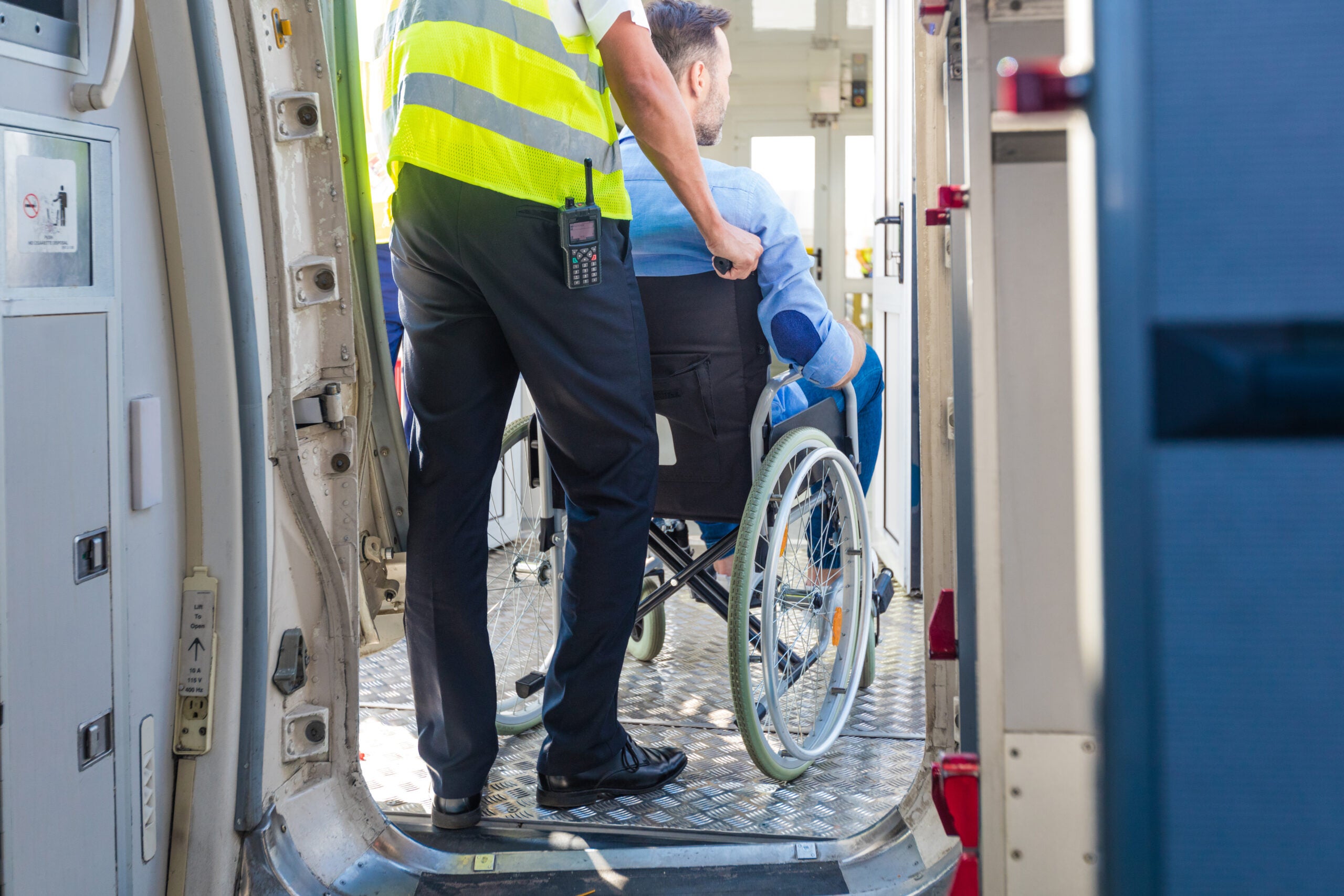DOT requires airlines to make lavatories more accessible

The U.S. Department of Transportation now mandates that airlines provide bigger, more accessible lavatories on board to better accommodate passengers with disabilities.
The new rule — finalized Wednesday — would require at least one lavatory to be large enough to accommodate a passenger with a disability and an attendant. However, it could take years to implement the new rule, and it will not apply to all planes.
For starters, the rule would cover new single-aisle jets with at least 125 seats, leaving out regional jets and other smaller planes that account for a large chunk of domestic flying, especially from small airports. Additionally, the government’s timeline for the requirement would cover newly built planes being delivered in 12 years, giving airlines and plane makers time to develop and certify lavatory designs.
Want more airline-specific news? Sign up for TPG’s free biweekly Aviation newsletter.
The new ruling laid out a sooner timeline — next year — for “new type-certified aircraft.” It was not immediately clear, though, how that might affect variants of existing types that are currently awaiting certification, such as the Airbus A321XLR and the Boeing 737 MAX 7 and 10. It does not appear that the rule would apply to older jets.
The ruling would also apply to new type-certified aircraft starting next year. However, it was not immediately clear whether it would apply to newly certified variants of existing types, like the Airbus A321XLR and the Boeing 737 MAX 7 and 10. The rule likely would not apply to older jets.
The DOT also noted that other provisions like grab handles and accessible faucets should be added inside the lavatories on newly delivered aircraft. Those changes could be implemented as early as July 2026 since the redesigning required is less extensive.
“We are proud to announce this rule that will make airplane bathrooms larger and more accessible, ensuring travelers in wheelchairs are afforded the same access and dignity as the rest of the traveling public,” DOT Secretary Pete Buttigieg said in a statement.
Airlines for America, the trade group that represents the major U.S. airlines, said in a statement that it was committed to the rule; it also added that the DOT had reduced the timeline for the development of these accessible lavatories with the new rule.
Reward your inbox with the TPG Daily newsletter
Join over 700,000 readers for breaking news, in-depth guides and exclusive deals from TPG’s experts.
“U.S. airlines fully support accessible lavatories on single-aisle aircraft and have been voluntarily working with the disability community, the Department of Transportation and industry stakeholders for seven years on solutions,” Airlines for America said in a statement.
Aircraft accessibility for passengers with disabilities has long been an issue for the airline industry. The seats, lavatories and hallways of an aircraft are inherently narrow, making it difficult to fit equipment like wheelchairs. Some passengers with disabilities have said that they even restrict their fluid intake prior to boarding to avoid using the airplane restroom.
Passengers with wheelchairs also must give up their wheelchairs in favor of airline-issued ones, which can make the process of flying even more distressing.
On top of the issues with the aircraft, many passengers with disabilities have also reported receiving broken wheelchairs in baggage claim and facing degrading treatment by airline and airport staff.
With expanded lavatories taking up more real estate on planes, however, the redesign could also result in reduced seating capacity. Consequently, this could lead to higher fares.
The airline industry has also toyed with other accessibility-friendly aircraft upgrades.
In June, Delta Flight Products, a subsidiary of Delta Air Lines, unveiled a prototype of a wheelchair-friendly cabin that would allow passengers to stay in their wheelchairs for the duration of a flight. However, it is unclear when or if any major airline would adopt such a design in the near future.

